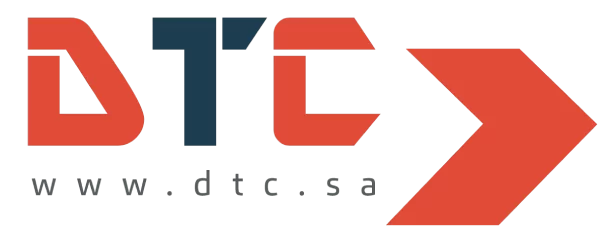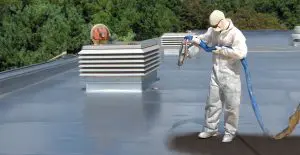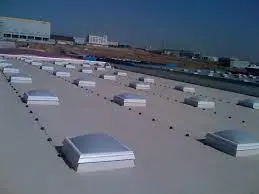Fireproofing Paint for Steel Structures: Understanding Ratings and Protection Levels
Introduction
Fireproofing paint, also known as intumescent coating, plays a critical role in protecting steel structures from high temperatures during a fire. Steel, while non-combustible, can lose 50% of its strength at around 550°C (1022°F). Without protection, structural steel may fail within minutes of fire exposure, risking catastrophic collapse.
Fireproofing paint extends the time before steel reaches its critical failure temperature, giving firefighters time to respond and occupants time to evacuate. These coatings are commonly rated for 1 hour, 2 hours, or 3 hours of protection. Choosing the right rating depends on the building type, usage, design codes, and safety objectives.
What is Fireproofing Paint?
Fireproofing paint is a specialized coating that swells (intumesces) when exposed to high heat, forming a thick, insulating char layer. This char protects the steel from heat transfer, delaying the rise in temperature.
There are two main types:
-
Intumescent Paint – Swells under heat to form a protective char. It’s often used in exposed architectural applications due to its smooth finish.
-
Cementitious Coating – A more industrial, thicker coating with a rough texture. Usually used in hidden structural elements.
Fire Ratings Explained
Fire ratings for steel structures describe how long the fireproofing can protect the steel under standard fire conditions. This is expressed in hours:
-
1-Hour Fire Rating
-
2-Hour Fire Rating
-
3-Hour Fire Rating
These ratings are achieved through standardized fire tests (e.g., ASTM E119 or EN 13381-8), where the coated steel is subjected to increasing temperatures to measure how long it maintains structural integrity.
Differences Between 1, 2, and 3-Hour Fireproofing Paint
| Feature | 1-Hour | 2-Hour | 3-Hour |
|---|---|---|---|
| Protection Time | 60 minutes | 120 minutes | 180 minutes |
| Thickness of Coating | Thin | Medium | Thick |
| Cost | Lower | Moderate | Higher |
| Typical Use | Small commercial or residential buildings | Mid-rise buildings, hospitals, schools | High-rise, industrial plants, critical infrastructure |
| Application Time | Shorter | Medium | Longer |
| Weight on Structure | Light | Moderate | Heavier |
| Inspection Complexity | Lower | Higher | Highest |
1-Hour Fireproofing Paint
-
Suitable for low-risk environments where evacuation and firefighting can be done quickly.
-
Requires the thinnest coating, which is faster to apply and often more cost-effective.
-
Commonly used in residential buildings, warehouses, or non-critical commercial structures.
2-Hour Fireproofing Paint
-
Provides a mid-level fire resistance, often required by code for public buildings, schools, shopping centers, and offices.
-
Balance between performance and economy.
-
Coating is thicker and may require multiple layers.
3-Hour Fireproofing Paint
-
Offers the highest protection available in standard intumescent systems.
-
Required in high-rise buildings, tunnels, refineries, and critical infrastructure.
-
Requires a thicker application, longer drying times, and stricter quality control.
-
Heavier and more expensive but ensures the structure can remain intact for prolonged fire exposure.
Factors Influencing Fire Rating Selection
-
Building Code Requirements – Local codes often dictate minimum fire resistance based on occupancy and height.
-
Structural Design – Heavier or more complex structures may need longer protection to prevent collapse.
-
Evacuation Strategy – Buildings with difficult egress routes (e.g., hospitals) may require longer fire resistance.
-
Insurance and Risk Management – Higher ratings may reduce insurance premiums or meet client-specific safety criteria.
Conclusion
Fireproofing paint for steel structures is essential in modern construction for ensuring fire safety and structural integrity. Understanding the differences between 1-hour, 2-hour, and 3-hour fire ratings helps engineers, architects, and building owners make informed decisions based on risk, code, and cost.
Choosing the appropriate fire rating is a balance of safety, performance, and economics—and it’s a critical part of building design that should never be overlooked.












